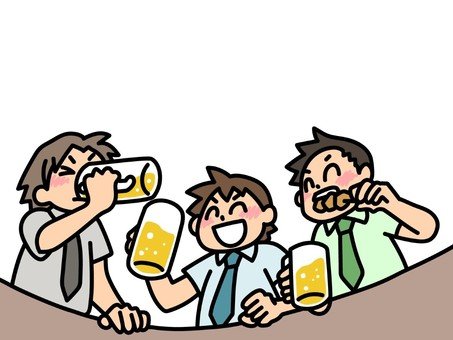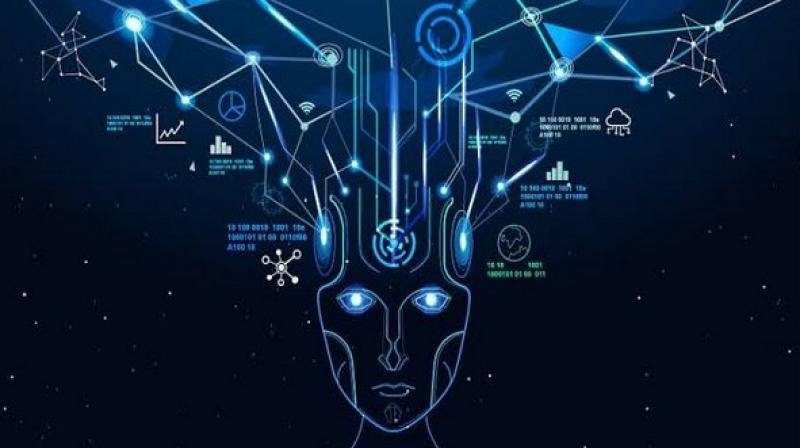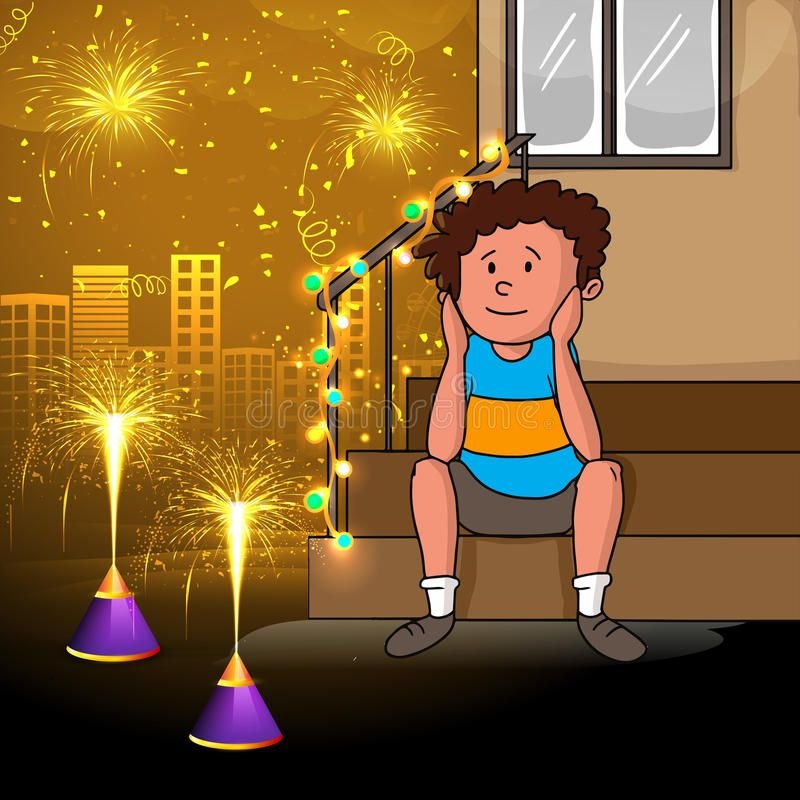Alcohol, Food, and Festive Mental Health Triggers
Celebrations Aren’t Always Just Fun
Festivals are supposed to be a time of joy, right? The lights, the music, the laughter, and of course, the food and drinks. But sometimes, even amid the sparkle, there’s this quiet tension that sneaks in. Maybe it’s the third sweet you pick up, or the glass of wine you pour to calm pre-dinner nerves, and suddenly, instead of pure joy, you feel a swirl of guilt, anxiety, or pressure.
Take Diwali, for example. You sit down with your favorite mithai, the aroma filling the room, and your mind drifts—not to celebration, but to calories, portion sizes, or the worry that you “shouldn’t be eating this.” That mix of enjoyment and self-criticism is so common, yet it’s rarely talked about. For someone with a history of anxiety or body-image struggles, sweets can become more than a treat—they become a tug-of-war inside your head.
Alcohol: The Social Lubricant That Amplifies Feelings
And then there’s alcohol. At a New Year’s party, a few drinks can make conversations easier, smiles wider, and nerves calmer. But fast forward an hour or two, and that same drink might stir up insecurities or replay old stresses. Think about Sameer, laughing with colleagues over champagne, and then suddenly ruminating about a mistake he made at work last month. That lightness that alcohol promised? It turned into a magnifying glass for his worries.
Or picture a Christmas dinner. You take a sip of wine to relax before the meal, but as the family catches up, you find yourself overthinking career choices, relationships, or old family dynamics you thought you moved past. Alcohol didn’t cause these worries—it just amplified what was already there, mixing joy and anxiety into one mix cocktail.

Food: Comfort That Can Trigger Stress
And food isn’t innocent either. Festivals come with feasts that are meant to bring people together, but they can also trigger subtle stress. Think of the pressure to eat everything your grandmother cooked, compliment every dish, and somehow “enjoy” it all. Arun, for example, feels the warmth of family around the table, but every bite carries the weight of expectation: should I eat more, less, or just enough? That tension can turn something meant to feel nourishing into an invisible mental tug-of-war.
Even for those without any history of disordered eating, the combination of overeating, long family meals, and social dynamics can feel exhausting. The joy is real, but it comes intertwined with overthinking, comparison, and guilt, making the celebrations emotionally complex.
Finding Balance Without Missing Out
Finding balance during festive indulgence doesn’t mean giving up on joy—it’s about being present and intentional. Start with small, gentle awareness. Notice what you’re eating or drinking: is it because you genuinely want it, or because you feel obligated, or anxious about missing out? That little pause—just a few seconds of checking in with yourself—can transform the experience.
You can also set flexible boundaries rather than rigid rules. Maybe you decide to savor one sweet mindfully instead of three automatically, or take a short break after a drink before pouring another. The idea isn’t restriction; it’s about choosing pleasure consciously rather than letting habit or pressure drive it.
Another key element is self-compassion. Festivals often come with social comparisons—how much others eat, how polished everything looks, or how “fun” everyone else seems. Recognize that these comparisons are part of the background noise and not a measure of your worth or enjoyment. Give yourself permission to enjoy indulgence without guilt, and to step back when it becomes overwhelming.
Finally, focus on the non-food joys of the season. Conversations, shared laughter, rituals, music, and small moments of connection are as much a part of celebration as the food or drinks. When we intentionally balance indulgence with these moments, we shift the emphasis from consumption to connection, which is where the real emotional nourishment lies.
In short, balance isn’t about perfection—it’s about awareness, choice, and kindness to yourself. It’s noticing when indulgence adds to your joy and when it subtly tips into stress, and adjusting gently without judgment.

The Modern OCD Experience
The digital world also reshapes the classic experience of OCD in ways therapists are only beginning to fully address. Unlike physical compulsions, which are visible and easier to track, digital compulsions can remain invisible—minutes spent querying chatbots or refreshing search engines rarely leave tangible traces, yet their mental toll is profound. A student might lose sleep while checking and rechecking AI responses late into the night, or a young professional might spend hours refining messages or decisions through digital reassurance, leaving little room for rest or reflection.
What’s striking is how technology has changed not the core of OCD, but its expression. The disorder’s essence—the struggle with uncertainty, doubt, and intrusive thoughts—remains the same, but the speed, scale, and pervasiveness of digital tools have amplified its reach. The very things that make AI revolutionary—instant answers, constant availability, and limitless information—become a double-edged sword for those prone to obsessive thinking.
Final Thoughts
OCD has always been about the tension between uncertainty and the urge to resolve it. In the age of AI, smartphones, and instant answers, compulsions have migrated into digital spaces, creating loops that are faster, less visible, and often more exhausting. World Mental Health Day reminds us that as our tools evolve, so must our understanding of mental health. By recognizing digital compulsions as real and impactful, we can help those with OCD navigate the modern world with awareness, support, and hope—turning technology from a trap back into a tool.
Found this helpful? Subscribe below for more


